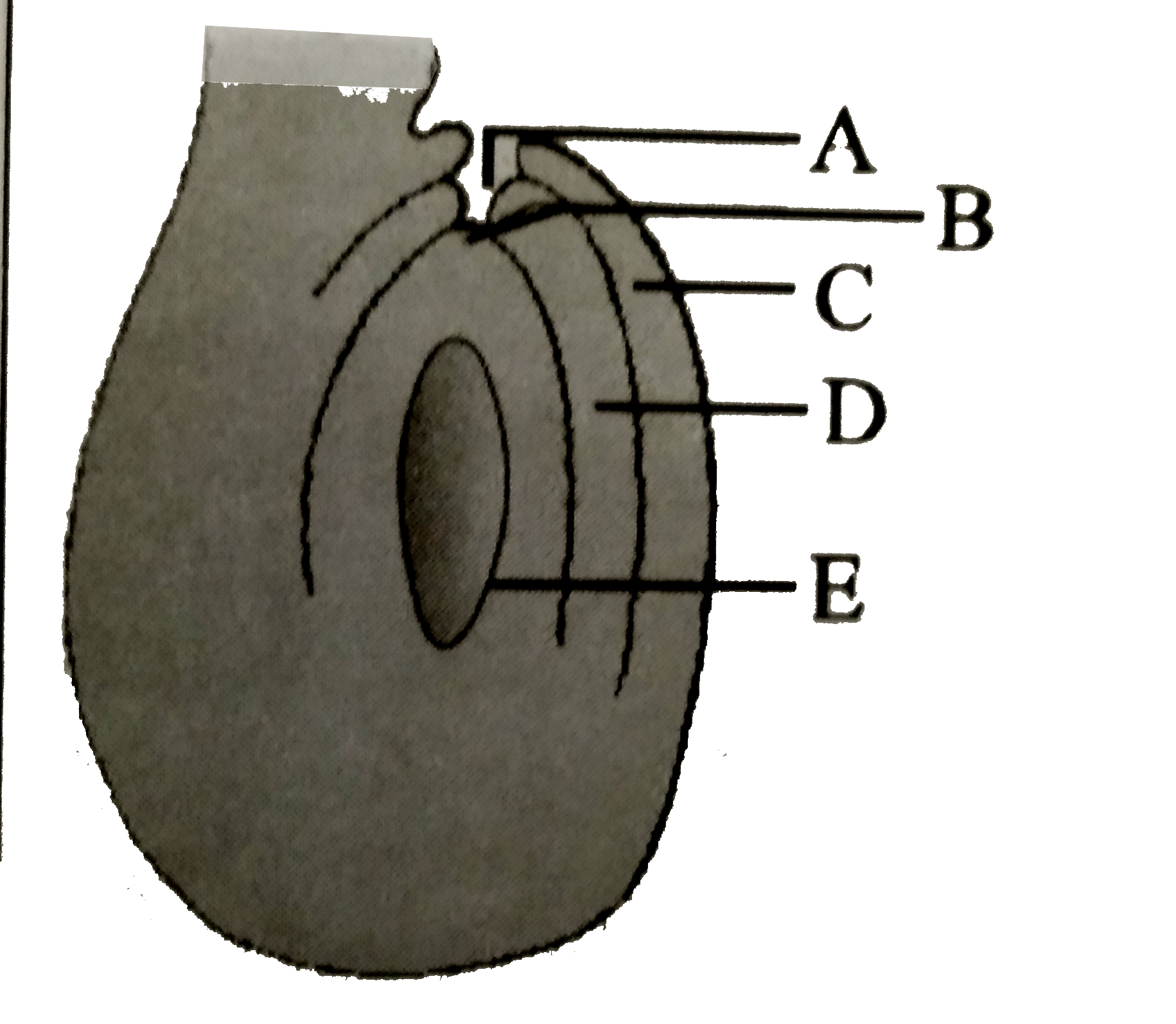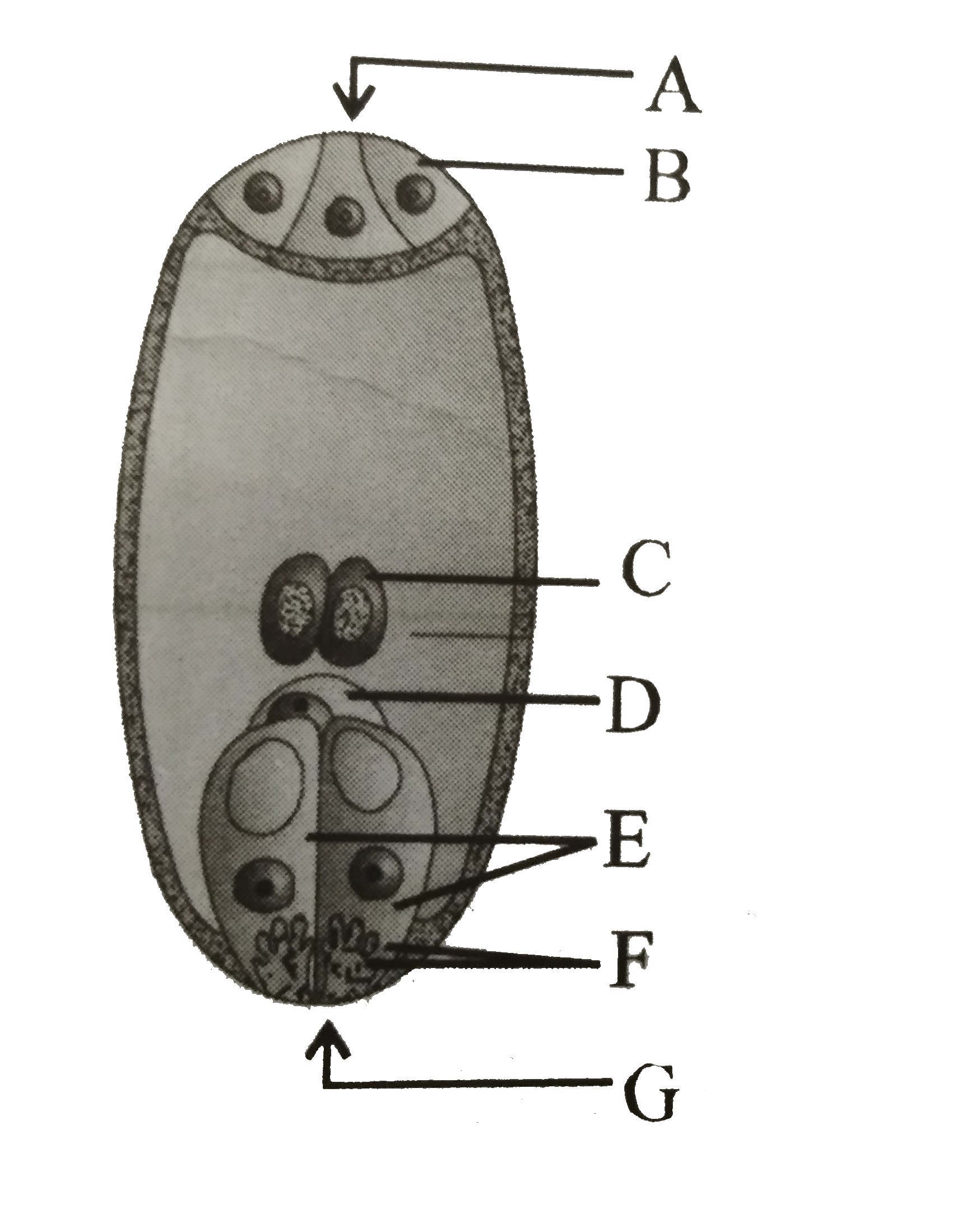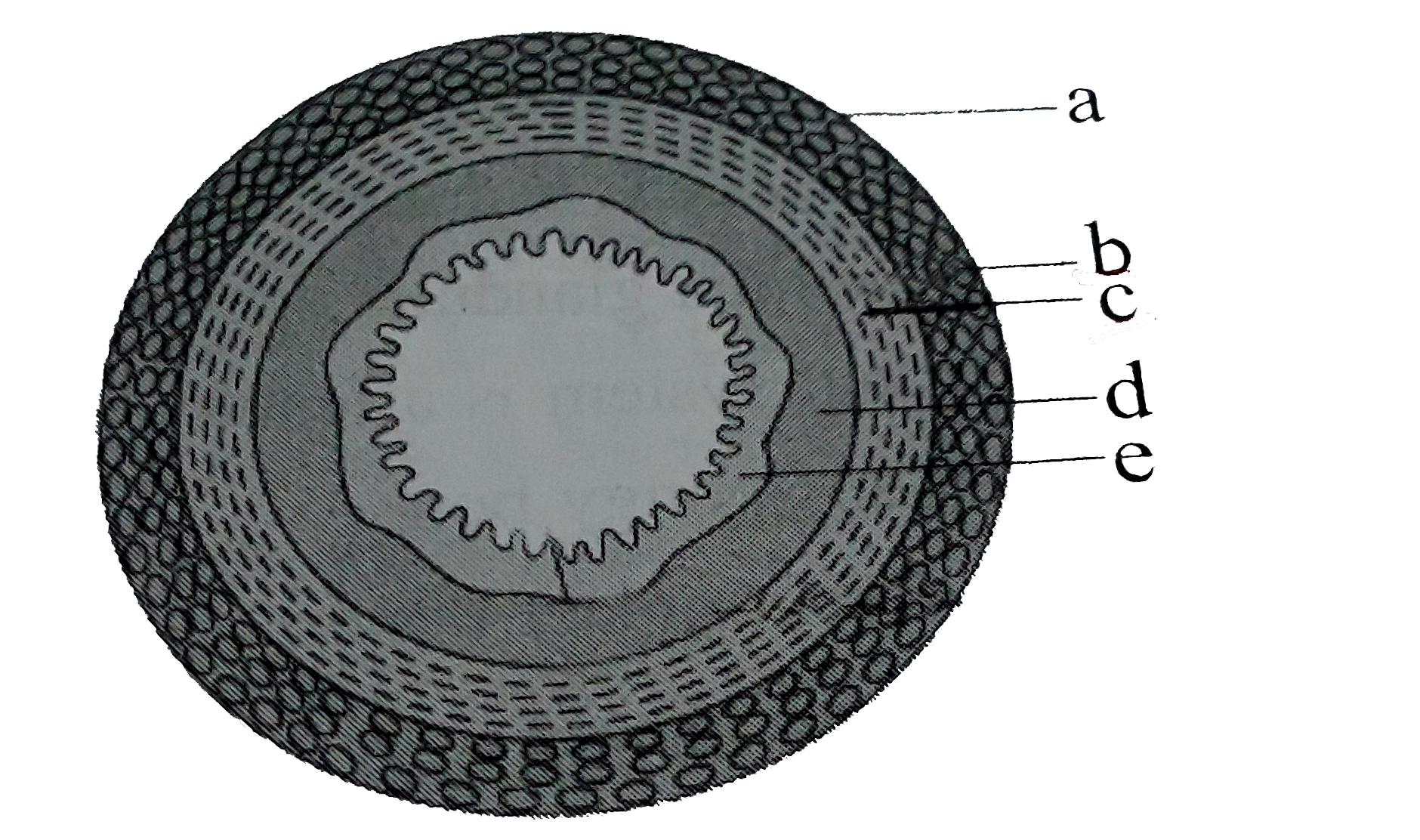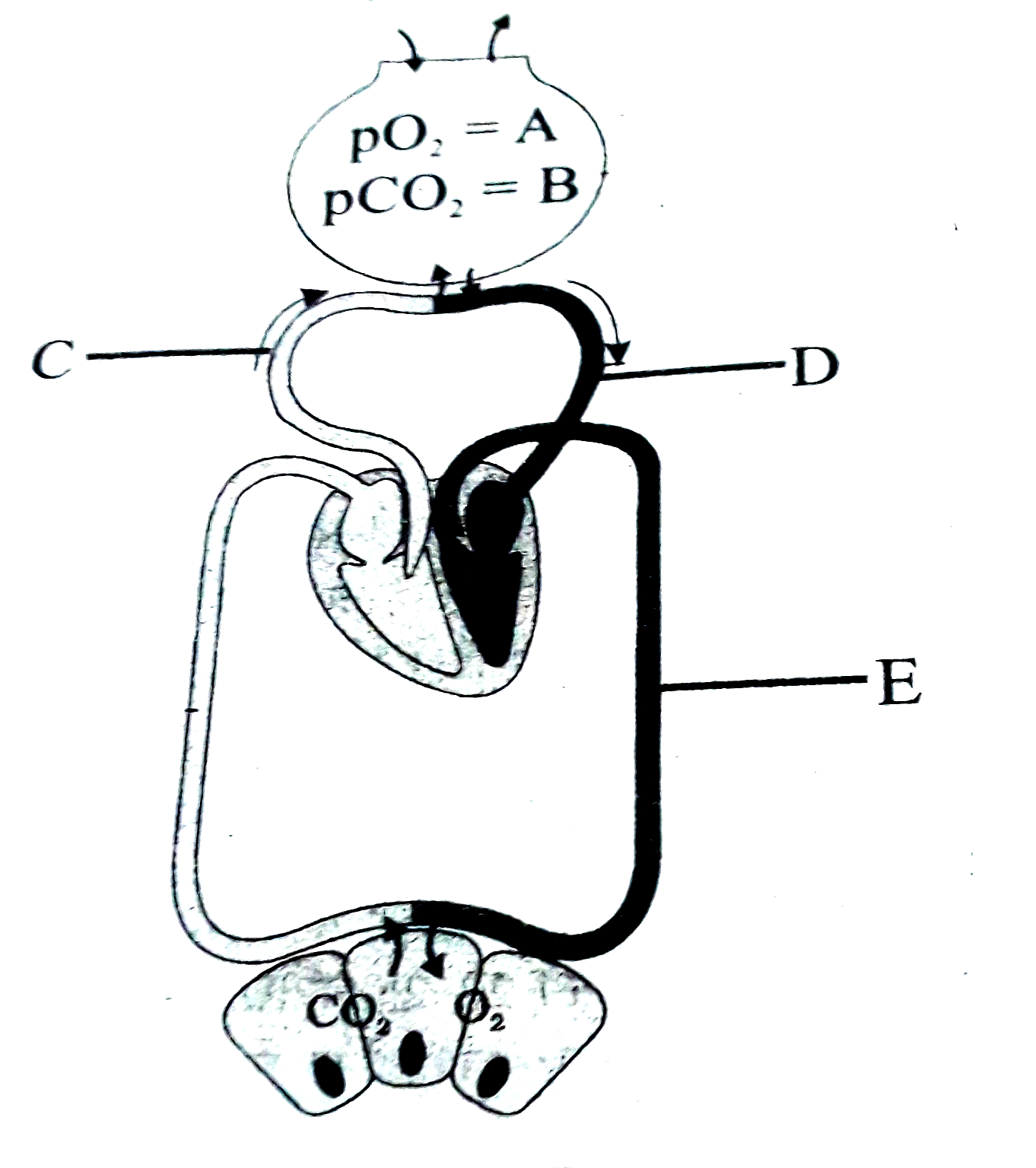Identify a, b, c, d, and e .
OrganPhylumFunctionParapodiaAnnelidaabCtenophoraLocomationcMolluscaRasping organMalpighian tubulesArthropodadCnidoblastsCoelentratae
a- swimming, b-comb plates, c-radula, d-excretion, e- defence
a- defence, b-radula, c-comb plates, d-excretion, e- swimming
a- defence, b-radula, c- comb, d-swimming, e- excretion
a- protection, b-parapodia, c-visceral mass, d-lomotion, e-excretion
The correct Answer is:A
To solve the question, we need to identify the missing terms (a, b, c, d, and e) based on the provided information about different organs, their corresponding phyla, and their functions. Here’s a step-by-step breakdown:
Step 1: Identify the function of Parapodia in Annelida
- Organ: Parapodia
- Phylum: Annelida
- Function: The function of parapodia is primarily for swimming.
- Identification: a = swimming
Step 2: Identify the organ in Ctenophora that aids in locomotion
- Organ: Unknown (to be identified)
- Phylum: Ctenophora
- Function: Locomotion
- Identification: The organ responsible for locomotion in Ctenophora is known as comb plates.
- Identification: b = comb plates
Step 3: Identify the rasping organ in Mollusca
- Organ: Unknown (to be identified)
- Phylum: Mollusca
- Function: Rasping organ
- Identification: The rasping organ in Mollusca is called radula.
- Identification: c = radula
Step 4: Identify the function of Malpighian tubules in Arthropoda
- Organ: Malpighian tubules
- Phylum: Arthropoda
- Function: The Malpighian tubules are involved in excretion and osmoregulation.
- Identification: d = excretion and osmoregulation
Step 5: Identify the function of Cnidoblasts in Coelenterata
- Organ: Cnidoblasts
- Phylum: Coelenterata
- Function: Cnidoblasts are used for prey capture and defense.
- Identification: e = prey capture and defense
Summary of Identifications:
- a = swimming
- b = comb plates
- c = radula
- d = excretion and osmoregulation
- e = prey capture and defense
Final Answer:
- A: swimming
- B: comb plates
- C: radula
- D: excretion and osmoregulation
- E: prey capture and defense
- Organ: Parapodia
- Phylum: Annelida
- Function: The function of parapodia is primarily for swimming.
- Identification: a = swimming
- Organ: Unknown (to be identified)
- Phylum: Ctenophora
- Function: Locomotion
- Identification: The organ responsible for locomotion in Ctenophora is known as comb plates.
- Identification: b = comb plates
- Organ: Unknown (to be identified)
- Phylum: Mollusca
- Function: Rasping organ
- Identification: The rasping organ in Mollusca is called radula.
- Identification: c = radula
- Organ: Malpighian tubules
- Phylum: Arthropoda
- Function: The Malpighian tubules are involved in excretion and osmoregulation.
- Identification: d = excretion and osmoregulation
- Organ: Cnidoblasts
- Phylum: Coelenterata
- Function: Cnidoblasts are used for prey capture and defense.
- Identification: e = prey capture and defense
- a = swimming
- b = comb plates
- c = radula
- d = excretion and osmoregulation
- e = prey capture and defense
- A: swimming
- B: comb plates
- C: radula
- D: excretion and osmoregulation
- E: prey capture and defense
Topper's Solved these Questions
- MOLLUSCABOOK - DINESH PUBLICATION ENGLISHCHAPTER - MOLLUSCAEXERCISE - CYG
10 Videos
- MOLLUSCABOOK - DINESH PUBLICATION ENGLISHCHAPTER - MOLLUSCAEXERCISE - CYG
10 Videos
- MOLECULES OF THE CELLBOOK - DINESH PUBLICATION ENGLISHCHAPTER - MOLECULES OF THE CELLEXERCISE - CYG
43 Videos
- NO IDEABOOK - DINESH PUBLICATION ENGLISHCHAPTER - NO IDEAEXERCISE - Brain Teasers
37 Videos
Similar Questions

Identify A, B, C, D, E
View SolutionIdentify figures a,b,c,d and e

View Solution
Identify A, B,C,D,E
View Solution
Identify A, B, C, D, E, F,G
View SolutionIdentify a,b,c,d and e in the given diagram :-

View SolutionIdentify a, b, c,d,e and f in the following table :

View SolutionIdentify A,B,C,D and E in given diagram:

View SolutionIdentify a, b, c, d, e and f in the table given below :

View SolutionIdentify the compounds A, B, C, D, E and F.

View SolutionIdentify A, B, C, D, E and F in the table given below :

View Solution
